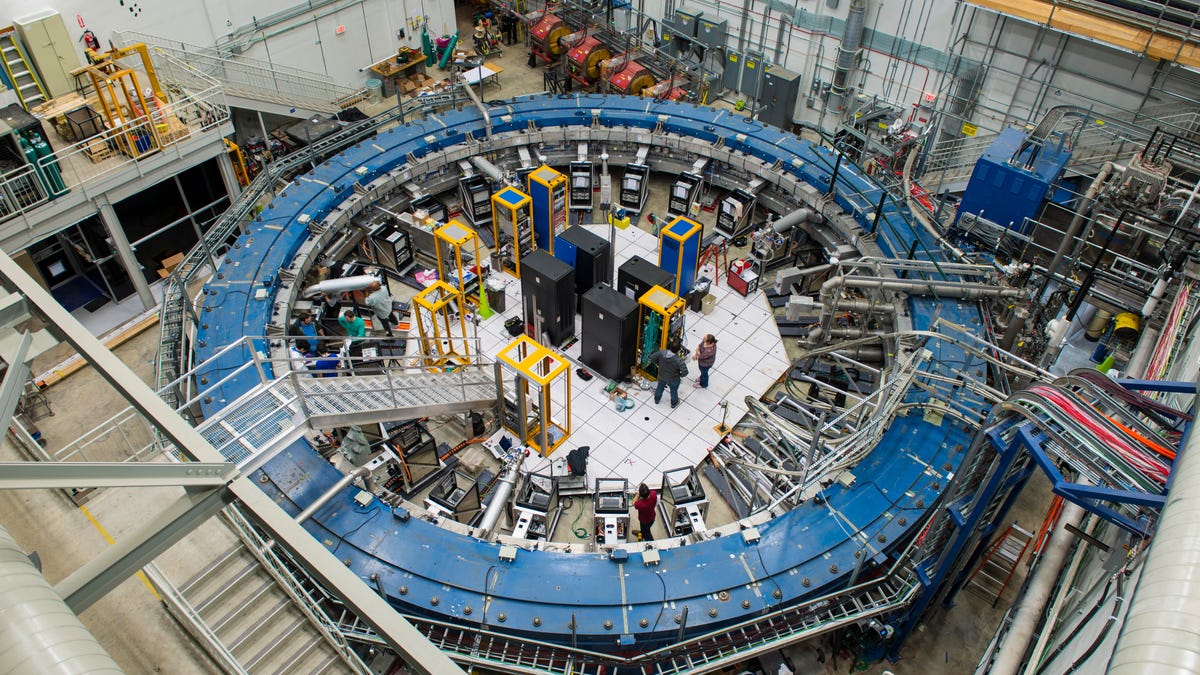New experiment hopes to revise our understanding of the universe
Studying the tiniest parts of the universe can sometime require very complex transportation arrangements. Just ask the folks at Fermilab.
Scientists at Fermi National Accelerator Laboratory have begun the latest chapter in the quest to explain how the universe works at the smallest, most invisible levels of particle physics. They're doing so with the help of a very large and well-traveled superconducting electromagnet.
On May 31, the Muon g-2 experiment at Fermilab kicked off its search for mysterious particles or forces that could upend our fundamental understanding of what holds everything together.
Muons are one of a number of elementary particles known to exist, according to the standard model of particle physics, and research into muon properties from around the turn of the 21st century at Brookhaven National Lab in New York have yielded some surprising results that demanded a closer look.
To make that possible, the 50-foot-wide electromagnet from the Brookhaven experiments was transported via a very long barge ride and a specially designed truck to Fermilab in 2013, where it is now paired with the lab's intense beam of muons to follow up on some of the questions raised by the experiments at Brookhaven.
"Getting the magnet here was only half the battle," said Muon g-2 experiment project manager Chris Polly in a release. "Since it arrived, the team here at Fermilab has been working around the clock installing detectors, building a control room and, for the past year, adjusting the uniformity of the magnetic field, which must be precisely known to an unprecedented level to obtain any new physics."
The experiment has just begun what should be a three-year effort to observe what happens when muons are placed in that very precise magnetic field. If they can reproduce the strange anomaly first seen at Brookhaven, it could mean that the standard model as we know it today is incomplete and the Higgs boson will not go down as the final piece of the particle physics picture.
"The magnet has been working, and working fantastically well," said David Hertzog of the University of Washington and a co-spokesperson of the Muon g-2 collaboration. "It won't be long until we have our first results and a better view through the window that the Brookhaven experiment opened for us."
Technically Literate: Original works of short fiction with unique perspectives on tech, exclusively on CNET.
Crowd Control: A crowdsourced science fiction novel written by CNET readers.


